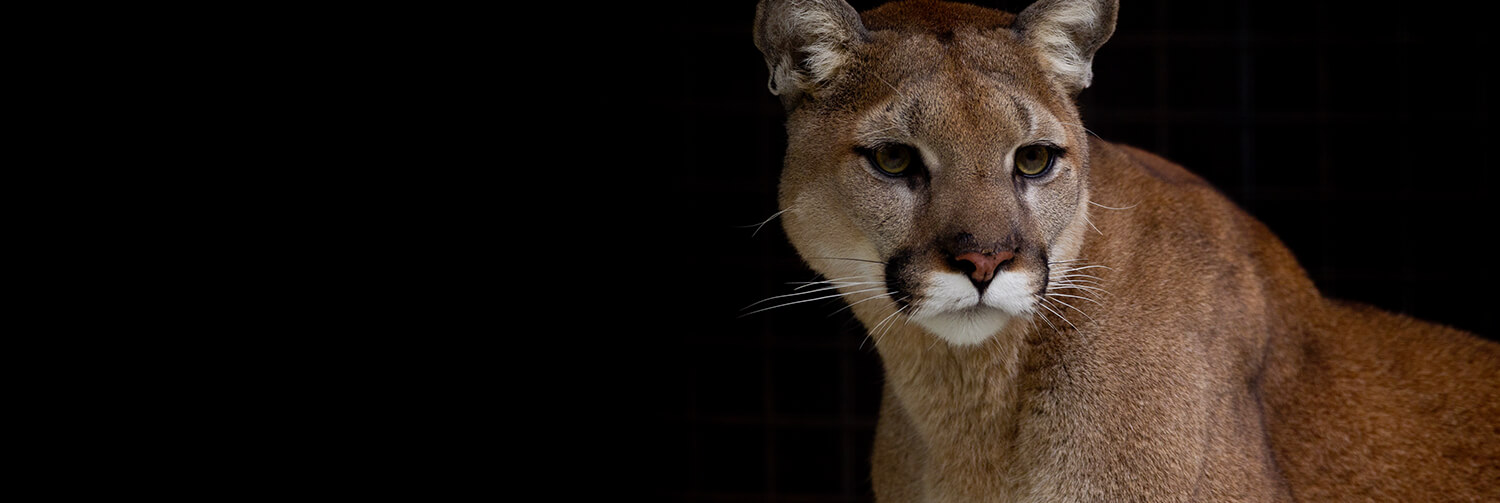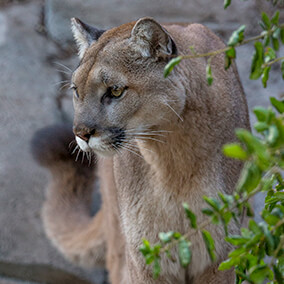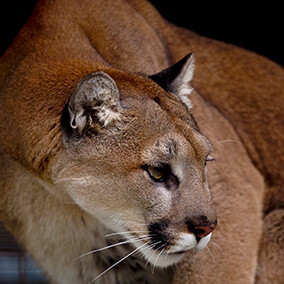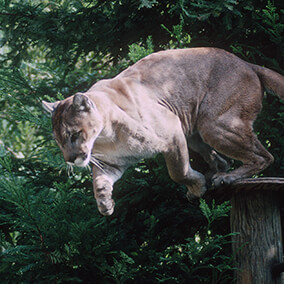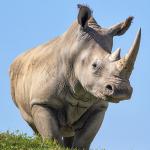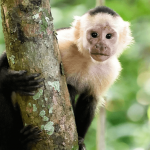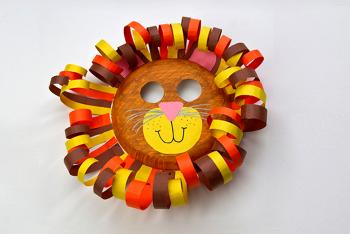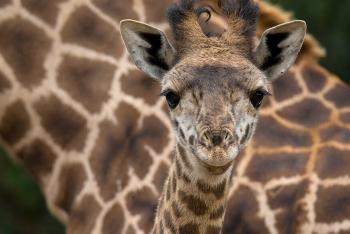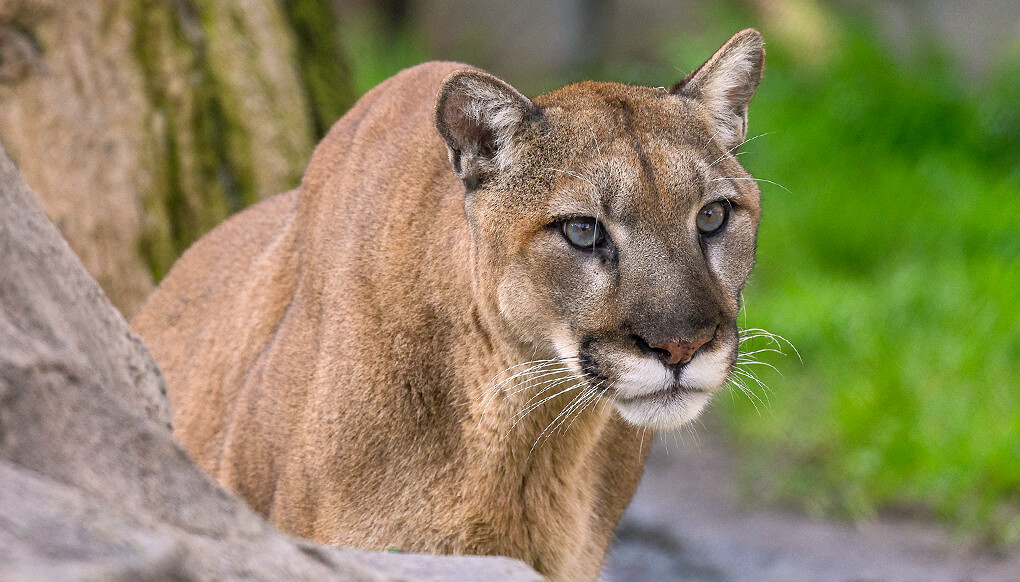
Mountain lion

Mammals


Stable
facts

Mountain lions prey on deer, elk, caribou, peccaries, feral pigs, raccoons, rabbits, squirrels, hares, and armadillos.

Mountain lions can live in nearly every habitat in the Americas: mountains, rainforests, prairies, deserts, swamps, and most anywhere in between.
description
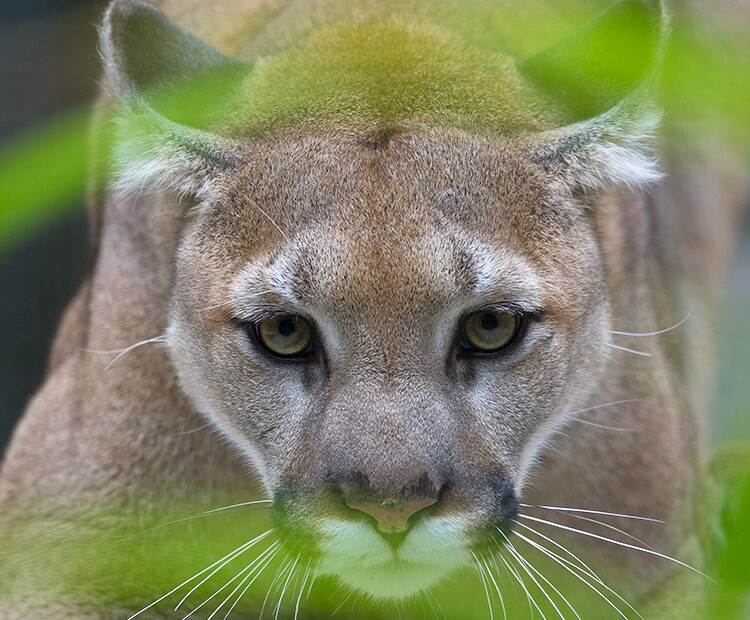
Always on duty
Mountain lions have an important job to do. They are ambush hunters that prowl, silent and hidden...then attack with a swift pounce. As top predators, they regulate prey populations and prevent the plant-eaters from destroying habitat. Healthy plant life provides homes for other animals.
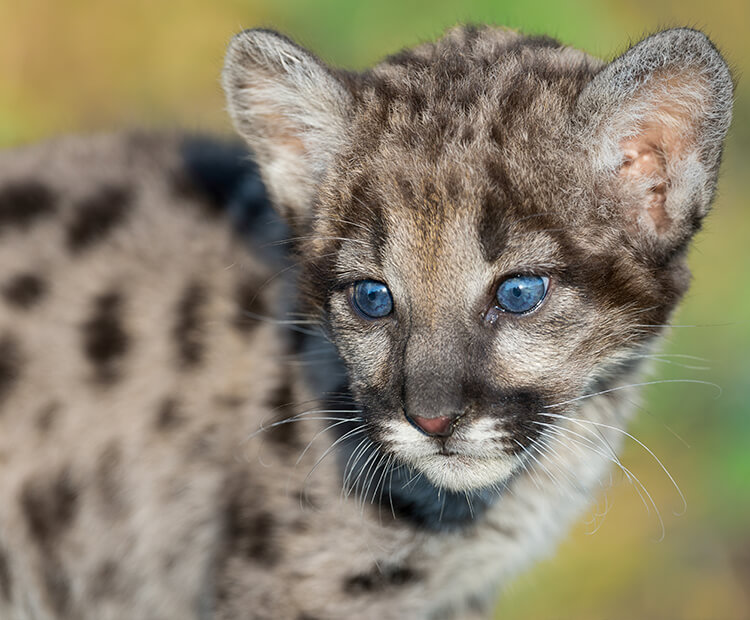
Seeing spots
Mountain lions are born with spots, which helps them blend in with grass, brush, and dappled sunlight. A mother nurses her spotted cubs for three months or so. When they are about six weeks old, she also shares her food with them, feeding them chunks of meat. At six months old, their spots begin to fade and they learn to hunt on their own.
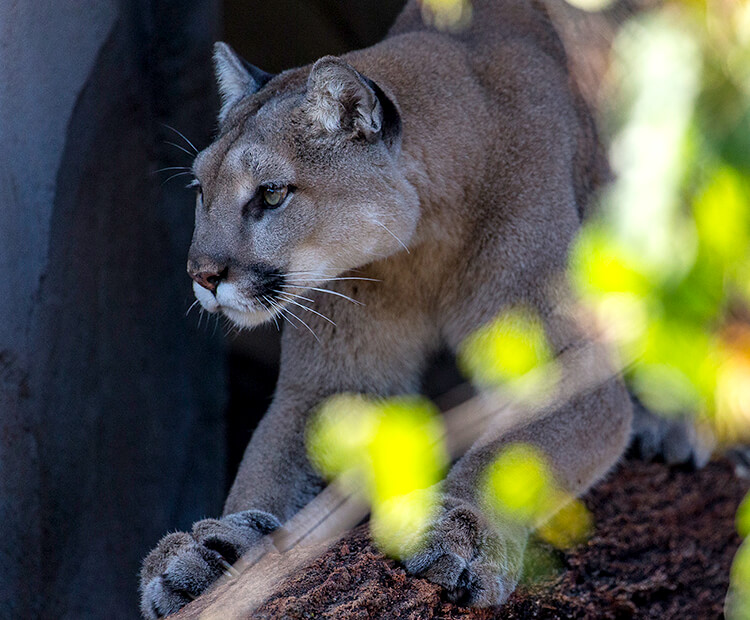
Yours, mine, and ours
In mountain lion territory, these predators often live near people. They would rather flee than fight, so they typically avoid us. To reduce your risk of encountering one, don’t leave food around when you camp. When you hike, do it with a friend, and go during the daytime. These cats are active mostly from dusk to dawn.

